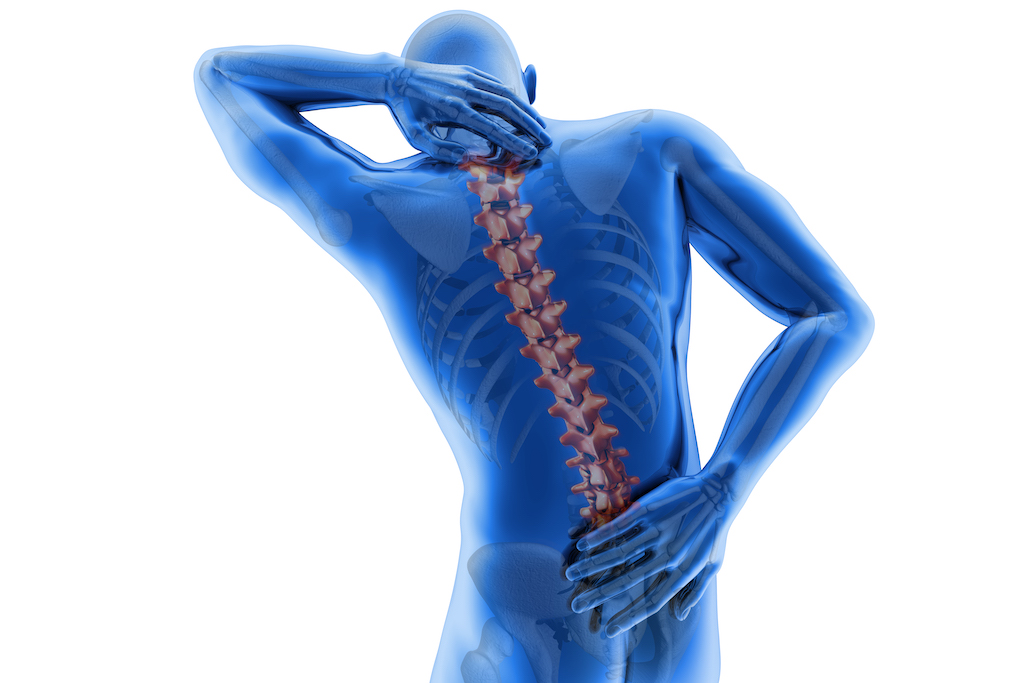If you suffer from chronic back pain that wasn’t caused by a known injury, such as a car accident, work accident, or other means, then you more than likely have spinal osteoarthritis. This condition causes a number of symptoms, including back pain, leg pain, and numbness. Although in some cases, osteoarthritis can actually be caused by an accident or traumatic event, in most, it’s through simple wear and tear on the back, including not lifting things properly. In order to fully understand this condition, you need to know the basics of spinal osteoarthritis.
What Exactly Is Osteoarthritis?
Osteoarthritis is an official method of referring to a disease that causes the joints in the body to degenerate over time. It commonly occurs in elderly people after a lifetime of moving around and doing repetitive motions. However, younger people can end up with it, especially if they are genetically prone to it, have done jobs that required a lot of heavy lifting or those repetitive motions, or are injured in a way that affects the cartilage in the joints.
That’s essentially what osteoarthritis is – the cartilage in the joints breaks down, causing the bones in those areas to rub up against one another. As you can imagine, this causes quite a bit of pain. Once the arthritis advances, it can even cause pitting in the bones at the joints.
Why Does Spinal Osteoarthritis Seem Worse Than the Other Kinds?
Generally, all osteoarthritis is painful. Once the cartilage in the joints is damaged, it hurts. However, in the spine, things are a little different. The spine consists of a number of vertebrae that are wrapped around the spinal cord. In between those vertebrae are discs that comfort the vertebrae and prevent them from rubbing up against one another. Without those cushioned discs, you would be in a lot of pain – and this is what spinal osteoarthritis is. Those discs begin to break down. In some cases, they can even squeeze that cushioning towards the spinal cord, causing pressure on the nerves in that area.
What Are the Symptoms of Spinal Osteoarthritis?
The very first symptom that you’ll notice is aching back pain. In most people, it occurs in the lower back. However, you might notice pain up higher in the back. It all depends on the movements that you typically make throughout the day and there the vertebral cushions (let’s not get scientific here, since that’s what they are), begin to get compressed and bulge. When this happens, you’ll notice additional symptoms. When they press on the nerves in the spinal cord, you’ll have a great deal more pain and even some numbness. Often, this numbness and additional pain occurs in one or both legs, depending on which nerves are pressed on. In more advanced cases, you might even lose control of your bowels. An additional symptom is weakness in the affected leg or the part of your back where the osteoarthritis is located.
If you notice any of these symptoms, don’t ignore them. It’s time to get to a doctor. Contact us at Solstice Health today to arrange a consultation.

